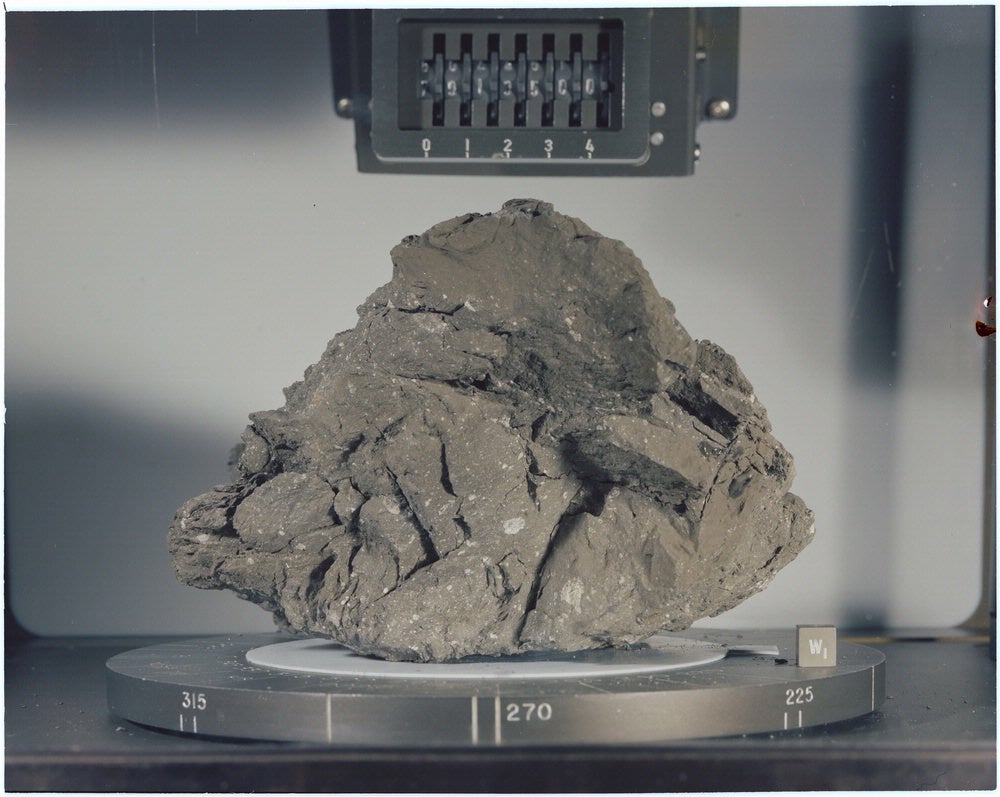HOT!
---------- Forwarded message ----------
From: AirSpace <noreply+feedproxy@google.com>
Date: Wed, May 25, 2016 at 6:04 PM
Subject: AirSpace
To: pascal.alter@gmail.com
From: AirSpace <noreply+feedproxy@google.com>
Date: Wed, May 25, 2016 at 6:04 PM
Subject: AirSpace
To: pascal.alter@gmail.com
AirSpace |
|
Posted: 25 May 2016 06:39 AM PDT
One of our most enduring and popular exhibits has been a piece of the Moon that you can touch. The rock, on loan from NASA, is one of only a few touchable lunar sample displays in the world. In fact, it was the very first touchable Moon rock exhibit when it opened to the public in 1976.
Today, other touchable lunar rock displays can be found at the Kennedy Space Center, Space Center Houston, the Museum of Science of the National Autonomous University in Mexico City, and the MacMillan Space Centre in Vancouver, Canada. Our touchrock is a slice from a rock collected in December 1972 on the Apollo 17 mission. Apollo 17 landed in the Taurus-Littrow Valley on the edge of Mare Serenitatis (the Sea of Serenity).   The Apollo 17 landing site. The arrow points to the rock on the lunar surface. All the touchable samples were cut from this rock. Top: NASA/GSFC/Arizona State University, Bottom: NASA The touchrock is a type of rock called basalt. It is a fine-grained, dark-colored, igneous rock rich in iron, magnesium, and plagioclase feldspar, a common rock-forming mineral on Earth. Like many lunar basalts, the touchrock contains more titanium than normal Earth basalts. Our little Moon rock has had quite a journey. It formed 3.8 billion years ago in hot lava that poured out onto the terrain. Then, 100 million to 125 million years ago it was exposed on the surface, probably by a crater impact. In 1972, a geologist picked it up and brought it back to Earth. Finally, it found a home in the Museum in 1976. This July, with the opening of our new Boeing Milestones of Flight Hall, the touchrock will receive a newly designed display right next to the Lunar Module (LM-2). If you get a chance to visit the Boeing Milestones of Flight Hall, be sure to take to moment to touch a piece of another world. Priscilla Strain is a program manager in the Museum's Center for Earth and Planetary Studies and the curator for the Museum's lunar samples. The post The Long Journey of our Lunar Touchrock appeared first on AirSpace. |
| You are subscribed to email updates from AirSpace. (...) | Email delivery powered by Google |
| Google Inc., 1600 Amphitheatre Parkway, Mountain View, CA 94043, United States | |






Brak komentarzy:
Prześlij komentarz